US sends F-22s to Middle East to deter aggressive Russian pilots
- By Task & Purpose
Share This Article
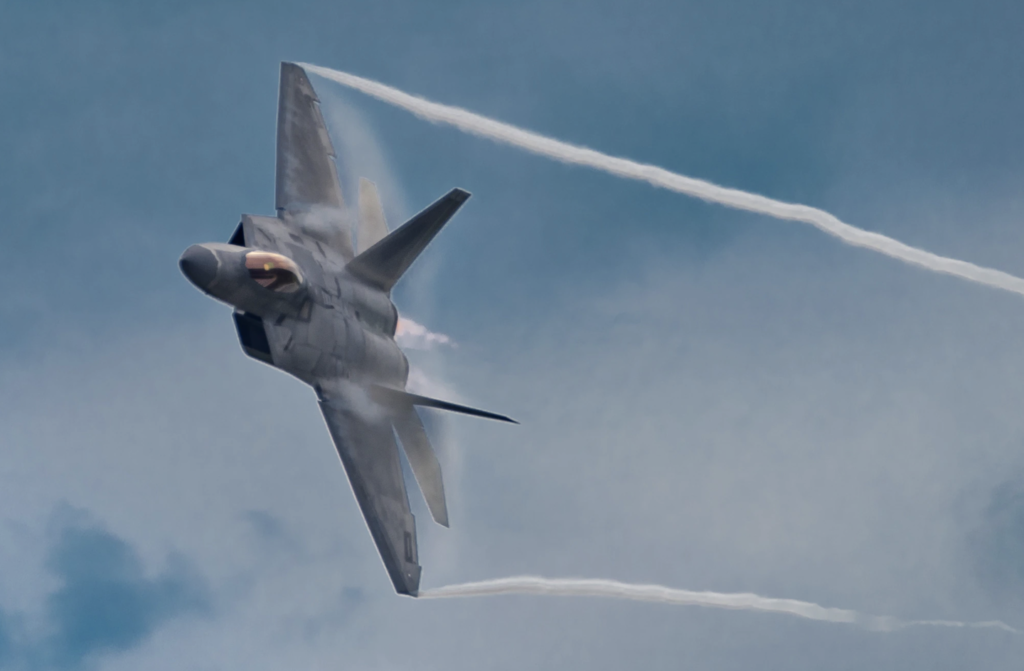
The Air Force has sent some of its most advanced air superiority fighter aircraft to the Middle East to make the Russians think twice about harassing U.S. forces in the air and on the ground, military officials announced on Wednesday.
“U.S. Air Force F-22 Raptors deployed to U.S. Central Command’s area of responsibility as part of a multifaceted show of U.S. support and capability in the wake of increasingly unsafe and unprofessional behavior by Russian aircraft in the region,” a CENTCOM news release says.
The F-22s, assigned to the 94th Fighter Squadron from Langley Air Force Base, Virginia, were already forward deployed to Europe when they were called upon to go to the Middle East, defense officials said.
To be clear, the F–22s are not being sent to Syria to fight Russian aircraft, said Air Force Lt. Col. Teresa Sullivan, a spokeswoman for U.S. Air Forces Central Command. Their presence alone is meant to serve as a deterrent against any possible escalation.
Related: These are the 3 different aircraft we call the F-35
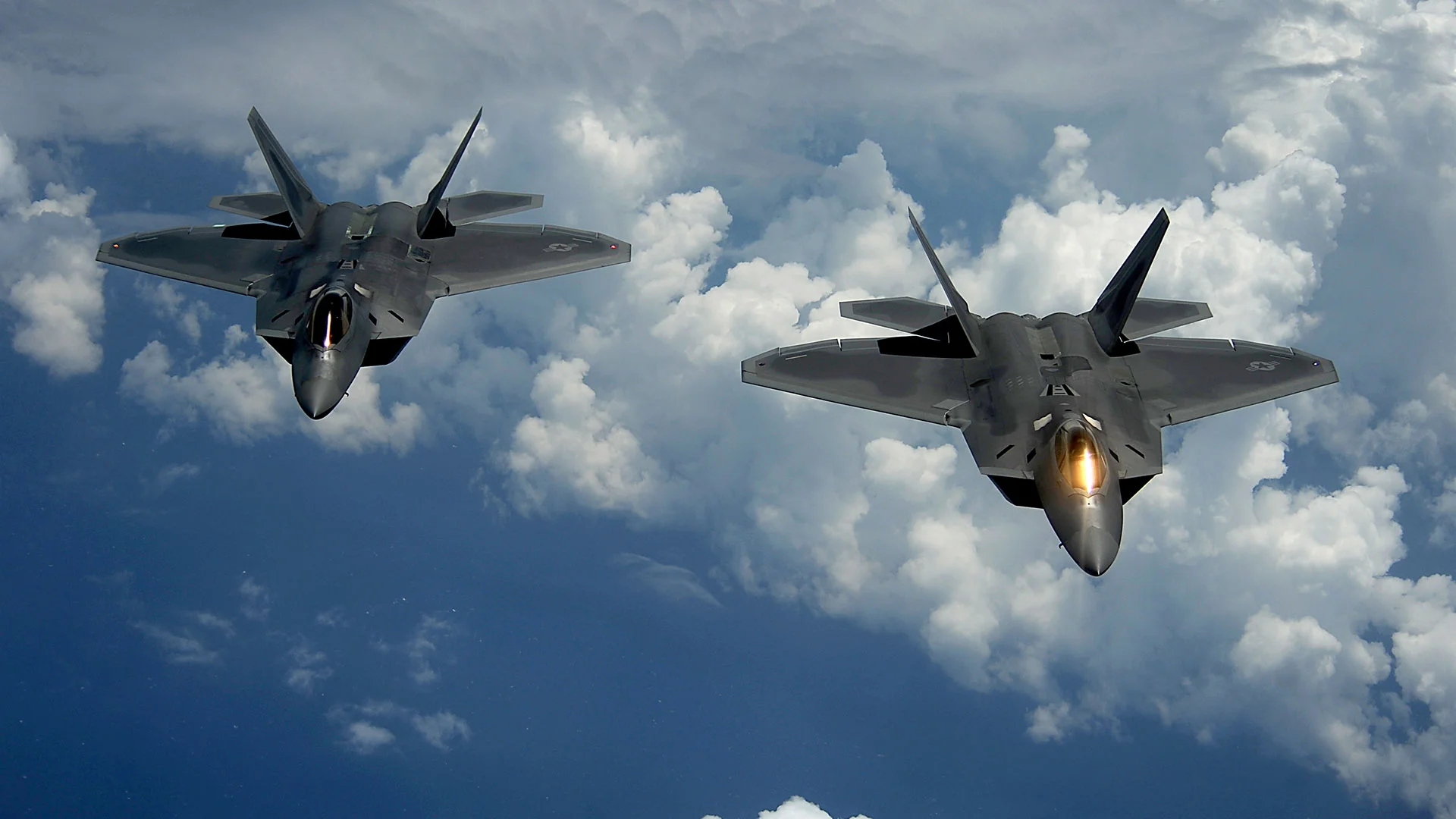
The F-22s’ primary tasks will involve taking part in U.S.-led coalition operations against the remnants of the Islamic State group and demonstrating the coalition’s ability to defend its forces, Sullivan told Task & Purpose on Wednesday.
“Like our response to any other actor threatening the safety or security of coalition personnel, USCENTCOM maintains the ability to rapidly deploy forces into theater to deter further aggression that jeopardizes regional security,” Sullivan said.
The deployment comes as Russian pilots have become increasingly aggressive toward U.S. ground troops and aircraft in Syria by violating rules meant to prevent both countries from getting into a confrontation that could spark a conflict.
“We brought them here due to increasingly unsafe and unprofessional behavior by Russian aircraft in the region and they’ve already flown missions over Syria,” Air Force Lt. Gen Alexus Grynkewich, commander of U.S. Air Forces Central Command, said on Wednesday. “Our forces are always at the ready to surge when required on a moment’s notice, even across combatant command lines. I commend the F-22’s for the work they’ve done so far to reinforce US air superiority.”
In May, Grynkewich told Task & Purpose that the Russians had violated deconfliction protocols nearly 100 times in the past two months. The Russians’ actions have included flying within 500 feet of U.S. aircraft, jamming U.S. aircraft electromagnetic systems, and flying over U.S. troops in Syria while armed with air-to-ground munitions,
“The US remains committed to conducting operations in Syria to ensure the enduring defeat of [the Islamic State group],” Grynkewich said in a statement on Wednesday. “Russia’s behavior is a distraction from our mission and poses a risk to US and Coalition forces. The deployment of our 5th generation aircraft will provide increased capability in the face of Russian unprofessional behavior in the air.”
Related: America’s massive military advantage nobody talks about: 500+ Refueling Aircraft
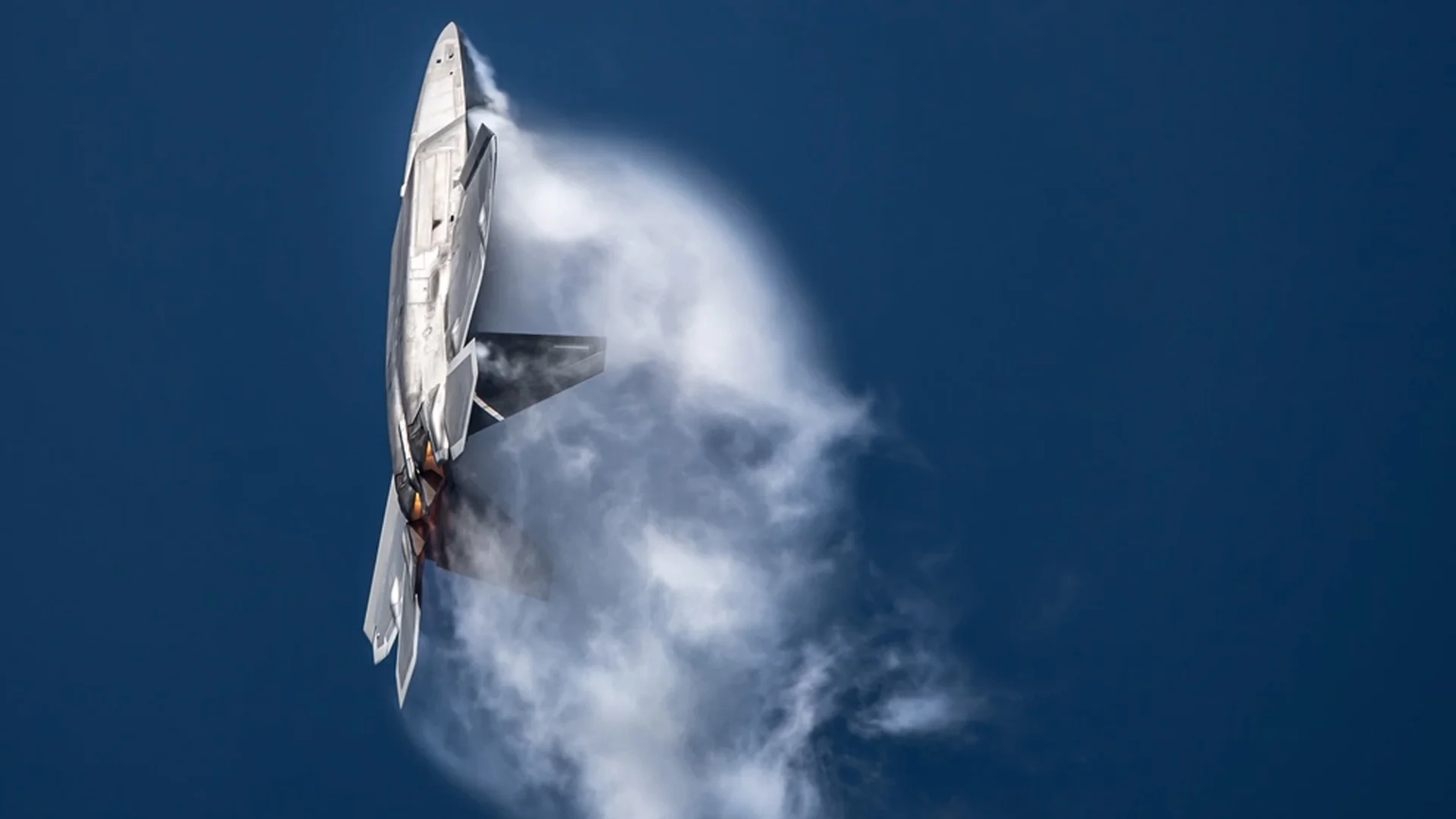
Raptors are a type of stealthy jet with advanced senor suites described as “fifth-generation fighters.” Other fifth-generation aircraft include the F-35, the Russian SU-57, and the Chinese J-20.
”The F-22’s combination of stealth, aerodynamic performance, and mission systems makes it the best fifth-generation fighter in the world,” Sullivan said on Wednesday. “While in the CENTCOM area, the 94th Fighter Squadron will integrate with coalition forces on the ground and in the air.”
Bred for aerial combat, F-22s are highly maneuverable, and they are equipped with sensors that allow them to detect targets from far away. F-22s were designed to replace the Air Force’s F-15 Eagles, but production of the Raptors was ultimately capped at 187 aircraft due to high costs.
In 2014, the F-22 made its combat debut over Syria as part of a U.S.-led effort against the Islamic State group. The Raptor’s sensors proved to be so advanced that F-22s helped other U.S. military aircraft avoid Syrian and Russian air defense systems.
More recently, F-22s were called upon to shoot down a Chinese spy balloon and two other unidentified aircraft over American and Canadian airspace, marking the airframe’s first three air-to-air kills
Now, the Raptors have a message for Russian pilots over Syria: Keep away from U.S. forces.
“Russian Forces’ unsafe and unprofessional behavior is not what we expect from a professional air force,” Army Gen. Michael ‘Eric’ Kurilla, CENTCOM’s commander, said in a statement on Wednesday.
“Their regular violation of agreed upon airspace deconfliction measures increases the risk of escalation or miscalculation. Alongside our partners and allies, we are committed to improving the security and stability in the region.”
Feature Image: An F-22 Raptor (U.S. Air Force)
This article by Jeff Sogol was originally published by Task & Purpose.
Read more from Sandboxx News
Related Posts
Sandboxx News Merch
-

‘AirPower’ Classic Hoodie
$46.00 – $48.00 Select options This product has multiple variants. The options may be chosen on the product page -

‘Kinetic Diplomacy’ Bumper Sticker (Black)
$8.00 Add to cart -

‘Sandboxx News’ Trucker Cap
$27.00 Select options This product has multiple variants. The options may be chosen on the product page
Task & Purpose
Related to: Airpower, Breaking News, Military Affairs
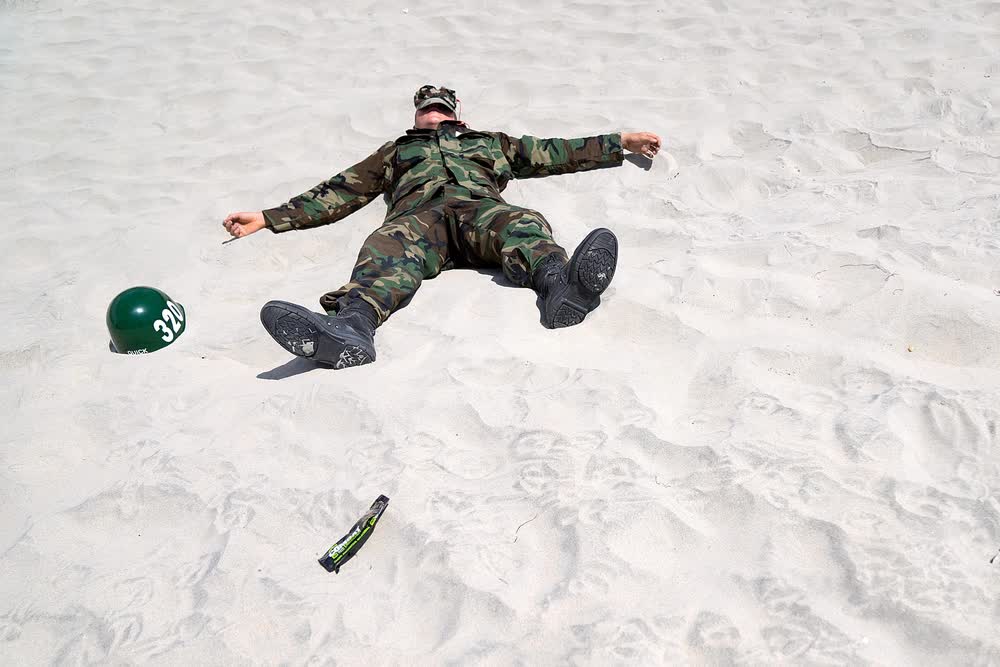
How Navy SEAL candidates recover after Hell Week
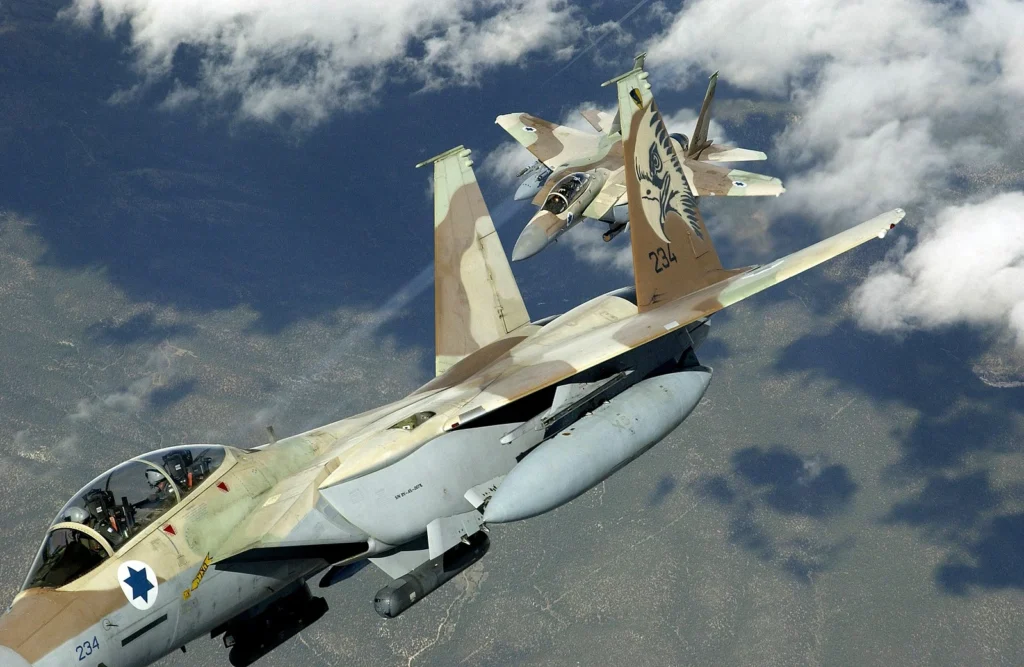
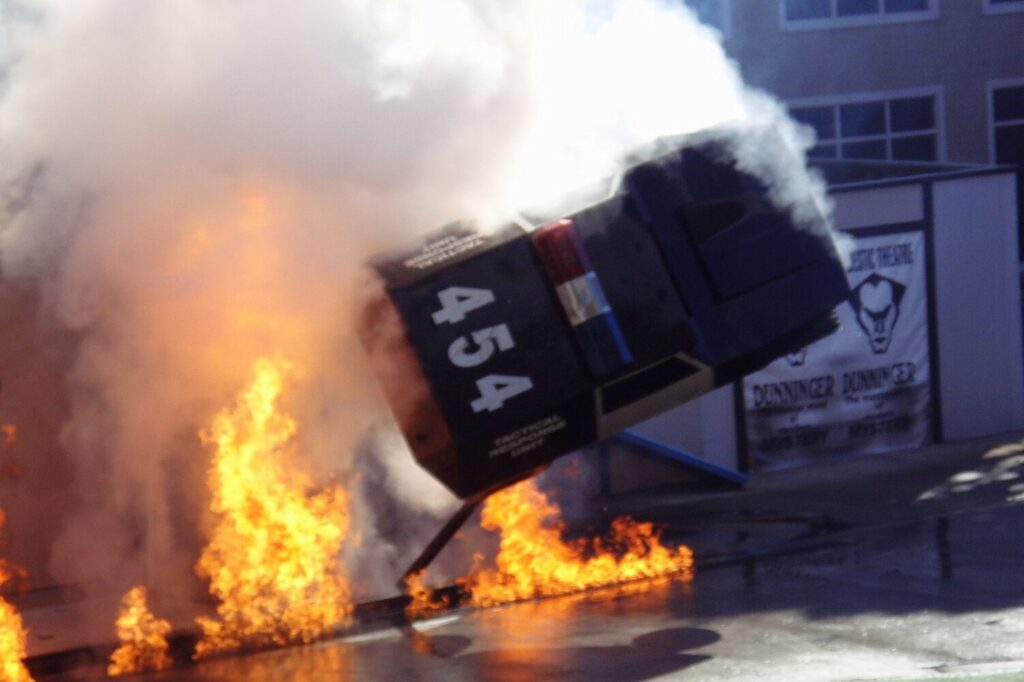
Explosive confidence drills against a moving car

A stealth bomber for the toughest missions: The B-2 Spirit
Sandboxx News
-

‘Sandboxx News’ Trucker Cap
$27.00 Select options This product has multiple variants. The options may be chosen on the product page -

‘AirPower’ Classic Hoodie
$46.00 – $48.00 Select options This product has multiple variants. The options may be chosen on the product page -

‘AirPower’ Golf Rope Hat
$31.00 Select options This product has multiple variants. The options may be chosen on the product page -

‘Sandboxx News’ Dad Hat
$27.00 Select options This product has multiple variants. The options may be chosen on the product page
